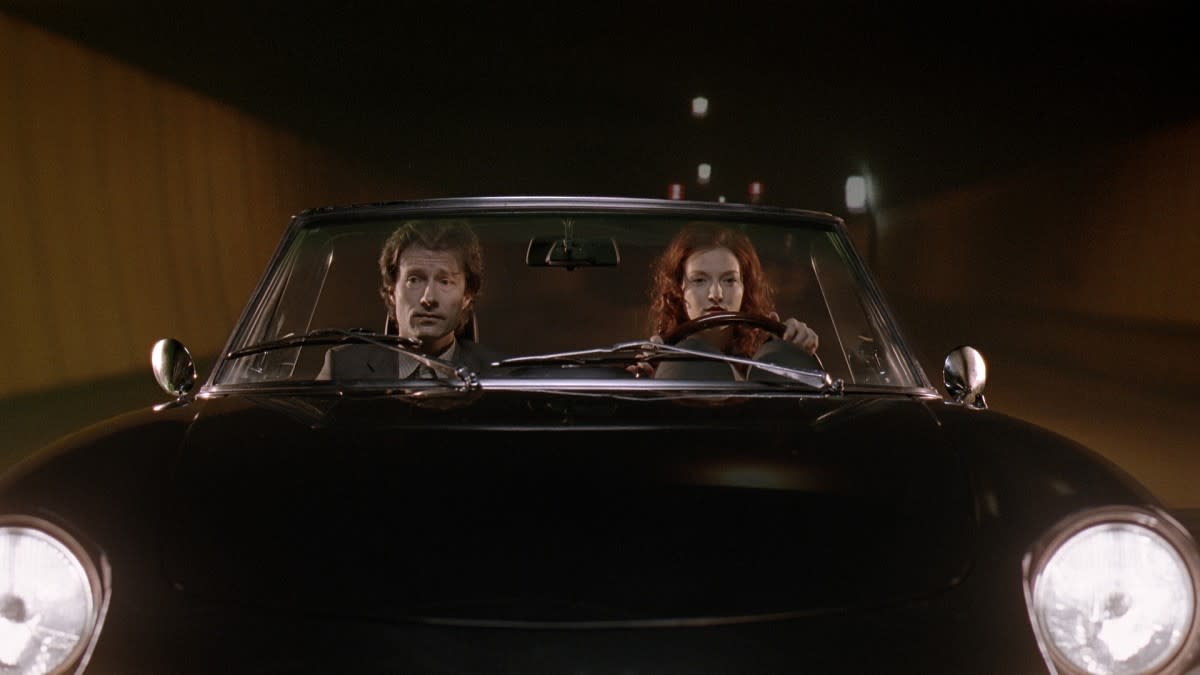Film Review: ‘Journey to Rome’

What happens when you mix a genre-savvy film-directing student/art historian with Luis Bunuel at his most anti-clerical and Wojciech Has at his most digressive? You get “Journey to Rome,” the fitfully amusing feature debut of Polish-born, FAMU-trained helmer Tomasz Mielnik. The droll odyssey of a good museum guard gone bad and the people who cross his path as he makes off with a stolen painting, this highly stylized but not altogether digestible film is mostly juvenilia that, outside its co-producing countries, will surf specialized sections of the festival circuit.
All roads don’t quite lead to Rome in this self-proclaimed “Czech-Polish spiritual comedy.” But they start with doleful museum guard Vasek (Vaclav Hrzina), a gullible innocent who is seduced by a femme fatale (Berenika Kohoutova) and scammed by a fake doctor into believing he has a serious disease, which can only be cured if he steals a valuable painting from his institution and delivers it to an Italian collector. In this setup section, co-writers Mielnik and Vit Polacek spoof film noir with hyperbolic dialogue, 1950s-style costumes, suggestive lighting and significant slashes of red.
Pursued by a pair of investigators (the more senior of whom plays a pastiche of innumerable film and TV detectives) and the flunkeys of a sinister Czech antique dealer (dignified-looking Slovak helmer Juraj Herz), Vasek pastes on a fake mustache and boards a train, hoping for a moment’s peace to consider his crime. But his train compartment is full of eccentric passengers eager to impart their life stories to him, or to anyone who will listen.
As more characters join the crowded train, and flashbacks recount some of their stories, the theme of sin and confession continues to recur. But members of the priesthood inevitably appear as charlatans; more surreally, there’s the Cardinal (famed Polish thesp Zbigniew Zamachowski), who has a passel of children attached to his car like a team of sled dogs. Also spoofing the spiritual angle is a well-dressed young man who can turn water into decent-tasting wine with a special wafer.
While Vasek never makes it to Rome, the young man with the special wafer makes his own attempt, with Vasek’s canvas in tow. But his trip stalls out in the Italian countryside, where a family of peasants with a vineyard experiences the magic of his wine and decides he must marry their daughter or die.
The trek may fizzle out before the conclusion, but to the credit of the helmer and his collaborators, the fun lies in the journey. And Mielnik’s ambitious bid to blend art history, philosophy, genre and comedy marks a far cry from what other first-time directors of his generation typically attempt. But in the future, he needs to find a way to make his multiplicity of influences more his own.
Also on the plus side, the large cast seems entirely in tune with the helmer’s cartoonish intentions, with particularly fine work by those playing the smarmy representatives of the clergy. Moreover, Mielnik’s specialized knowledge of Baroque painters and biblical frescoes can be seen in the impressive-looking work of production designer Pavel Novy.
Get more from Variety and Variety411: Follow us on Twitter, Facebook, Newsletter
